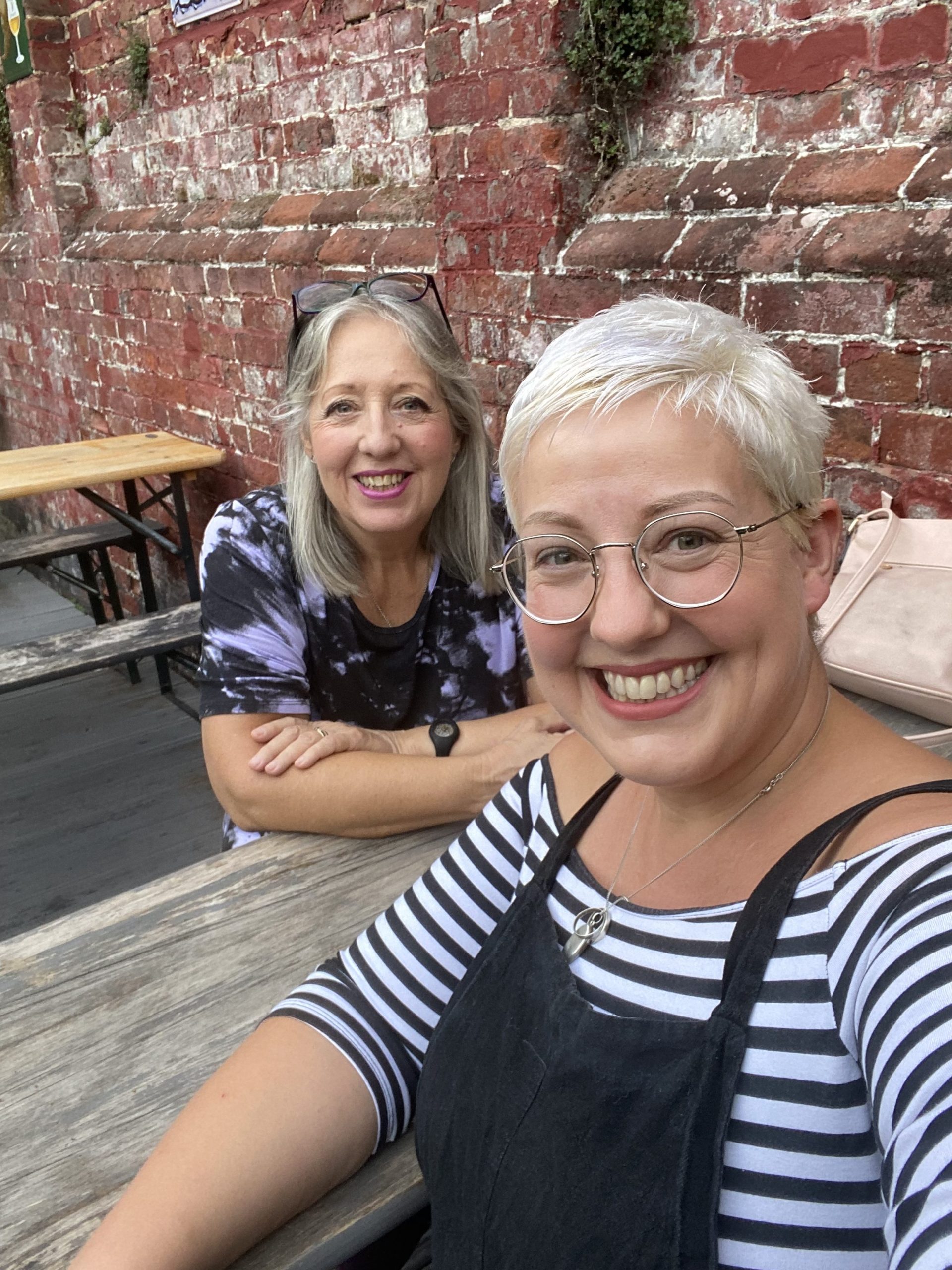Buying vintage or second hand clothing is all a matter of education.
You need to know your fashion history and how to sort the wheat from the chaff as you trawl through piles of clothes at Boot Fair and Jumble Sales. Recently I wrote a guide to dating vintage clothing, which is a start and contains links to some other helpful resources. But should you want to go more in depth I recommend a visit to your local library to pick up some handy books.
Recently I picked up a book titled Very Vintage: The Guide to Vintage Patterns and Clothing. It’s 175 pages long and claims to be “bursting at the seams with all things fashion”. On the plus side the book is quite comprehensive. It starts at the turn of the century and runs right up to 2000, examining each period in turn with photographs and putting the fashion of the time into it’s cultural context. Turn of the Century fashion isn’t something I knew I great deal about, so I found the book useful to get an overview of the start of fashion design as we now know it.

It covers everything from Charles Fredrick Worth in 1865 to Paul Poiret, the Ballet Russe and Japonism, all in 30 pages. This, I’m afraid, is (one of) it’s downfalls. The book attempts to cover the entire history of fashion at break neck speed. This would be fine if it was just a timeline, but the book also attempts to put it’s subject in a historical context. Ultimately this means important issues impacting on fashion are rushed past in one paragraph.
For example, in discussing the influence of African culture on fashion in the 1920s one paragraph begins with discussing the expanding French Empire, before moving on to Picasso, Jazz, Josephine Baker (The Black Venus) and finally ending with:
“The appearance of Donyale Luna, one of the first notable African American Supermodels, on the cover of Vogue, March 1966, was proof that black beauty had received recognition from mainstream Western audiences”
The fact that the lack of “ethnic” models on catwalks and in magazines is still an issue under discussion 44 years later makes it self evident that this statement of “fact” is nothing of the sort. The 2 paragraphs allocated to this issue also assume that any appropriating of African influences indicates acceptance of Black culture, sweeping over notions of “otherness” and exoticism that are integral to an understanding of Western uses of other cultures iconography in it’s own fashion and culture. This would be fine in a Fashion history book, but this book attempts to give a little more than that and it’s explanations are too simplistic.

The centre section of the book spends some time discussing individual designers and fashion icons of note. There are sections of Givenchy, Sophia Loren, Marks & Spencer and Dior’s New Look. These sections are basic, but useful, though I am unsure of the reason for choosing some “icons” over others, why does Sophia Loren warrant a header, but not Marilyn, or Audrey Hepburn?

I did notice some quite astonishing cultural errors such as the statement:
“Hip Hop emerged in the 1990s”
Which is laughably untrue, even the most culturally unaware person would put it’s emergence in the 1980s and a quick visit to Wikipedia will tell you the culture goes back as far as the 1970s. MC Hammer released Please Hammer, Don’t Hurt ‘Em in 1990, so Hip Hop was clearly already a well established sub culture. But overall the book is relatively accurate in it’s facts.
The content of the book provides a good basic introduction to a century of fashion history and influences, it is well written and easy to read. The biggest let down is that a book with a retail price of £24.95 doesn’t even appear to have been proof read. One chapter is titled VIVINNE WESTWOOD, Cavalli is spelt Cavali, Elsa Schiaparelli is Shaparelli, Malcolm McLaren is variously MacClaren or McClaren and so on.
If you want a good initial overview of an entire Century of Fashion this book is a good read, but unless you’re made of money I wouldn’t pay full price for it. Buy it second hand from Amazon or get it from the Library is my advice.






